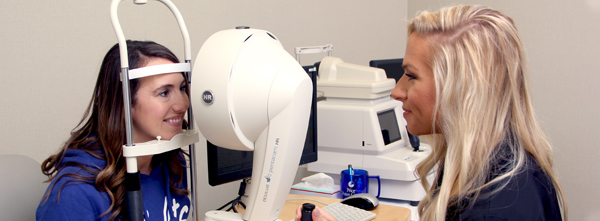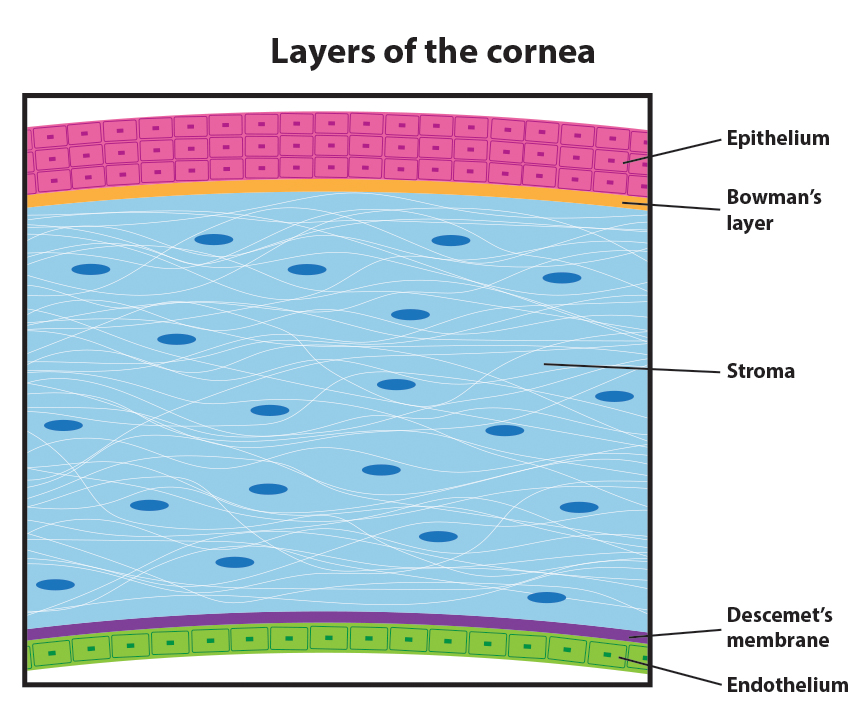Indianapolis, Indiana – Back in May, Price Vision Group started a promotion to thank the hardworking essential heroes by giving four lucky winners free LASIK eye surgery. Hospital worker, Carolyn Rogers was the first contest winner to undergo the procedure on Tuesday.
“The idea came up during a staff meeting for the refractive department. We were talking about a time when a staff member went grocery shopping and noticed that the cashier had her mask on but her nose was exposed. When it was pointed out that she was wearing her mask incorrectly, the cashier complained that her glasses kept getting fogged up when her mask covered both her mouth and nose,” said Brian Hogan, Practice Administrator for Price Vision Group. “These grocery store employees along with hospital workers, first responders, and other essential workers are out there every day putting their health on the line to keep our community safe and stocked with supplies. We wanted to do something to thank them and help make their lives a little bit easier and safer,” he added.
The promotion started with a nomination process where anyone can submit their story to nominate a frontline hero to get free LASIK. “We were in tears reading all of the stories about the sacrifices these heroes make day-in and day-out. It was definitely a tough decision to narrow down the list to a select few finalists,” said Erin Simpson, Refractive Coordinator for Price Vision Group.
Twenty four finalists were chosen among the hundreds of submissions. “Once we determined our finalists, we then had to call them in for a screening to determine their candidacy for LASIK,” said Refractive Consultant, Rochelle Vega. When all finalists were confirmed to be good candidates for LASIK, the voting process commenced on the Price Vision Group website. Throughout the month of June, visitors to Price Vision Group’s website were able to read the stories of all of the finalists and cast their votes for their favorite frontline hero. Over 24,000 votes were cast and four winners were selected to receive free CONTOURA Vision LASIK.
“CONTOURA Vision is topography-guided LASIK and is the latest in LASIK technology. It scans up to 22,000 reference points on the cornea and uses that data to offer a truly personalized LASIK treatment,” said Dr. Francis Price, owner of Price Vision Group. “We’re proud to be the first in Indiana and one of the first in the country to offer this new technology. Our patients have been extremely happy with the results; roughly 80% of them are seeing better than 20/20, like 20/16, 20/12.5 or even 20/10,” added Dr. Price.
Carolyn Rogers is the Operational Lead in the Emergency Department at Parkview Hospital Randallia in Fort Wayne, Indiana. Her role is both in management and also at the bedside. “Staying on top of the countless meetings and emails to ensure the department was up to date with the current information passing down from Incident Command. I would assist my staff with the care of the patients coming in – going from room to room, helping in any way possible,” said Carolyn when asked about her responsibilities. “Wearing glasses or contacts during this pandemic definitely has its challenges. Wearing glasses presents its own difficulties with wearing a mask as your glasses constantly get fogged up. With contacts, making sure my hands are EXTRA clean and disinfected before inserting or removing my contacts every day,” she said.
“I am also incredibly honored and grateful that I was chosen as a finalist. I know there were many others that had been submitted, that are just as deserving to be considered as I am. I want to thank each and every single essential worker out there – both healthcare and non-healthcare. We are all in this together,” said Carolyn Rogers.
After her LASIK surgery, Carolyn’s first reaction was, “I can see the clock!”
After her one-day post-op appointment, Carolyn was already seeing 20/16. Her vision will continue to improve over the next few months but she’s already excited with the results.
https://www.facebook.com/pricevisiongroup/videos/3368005906590965/
Kyle Davis, a firefighter with the Indianapolis Fire Department recently had his CONTOURA Vision LASIK eye surgery. Kyle was a finalist for the contest but was not a winner. Non-winning finalists were offered a 50% discount on their LASIK eye surgery and Kyle was quick to schedule his appointment. Kyle recently came in for his one-week post-op appointment and was seeing 20/12.5. He was able to read three letters on the 20/10 line. “This is amazing! When I woke up from my nap, I immediately texted my coworker Nick (another contest winner), to let him know how happy he will be,” said Kyle Davis.
“We were so overwhelmed with the response of this promotion that we wanted to do more,” said Price Vision Group’s Marketing Coordinator, Sam Ven. “We want as many people as possible to enjoy the safety benefits of LASIK. We want to make it more affordable for everyone,” added Sam.
For a limited time, Price Vision Group is making its premium LASIK more affordable for everyone by taking $1,000 off. More information can be found here.
 There are other refractive procedures that can eliminate your need for glasses even if your corneas are too thin for LASIK. During a refractive exam at Price Vision Group, many special tests are performed to ensure you are indeed a good candidate for LASIK, including corneal thickness. The average corneal thickness is between 520 microns and 540 microns, however, the normal range for cornea thickness can range from as thin as 470 to as thick as 630 microns. In order to be a candidate for LASIK there needs to be enough corneal tissue to make a flap, take away the tissue in order to correct the refractive error, and still have enough corneal tissue to ensure that corneal ectasia, a progressive bulging of the cornea, does not occur. To learn more about cornea thickness and how it affects LASIK candidacy, please click here. If the cornea is not thick enough to result in a corneal bed, the remaining cornea beneath the flap, of approximately 300 microns then LASIK is likely not the best refractive procedure for you. During a refractive exam at Price Vision Group, the doctor runs calculations to ensure that the cornea is thick enough for LASIK.
There are other refractive procedures that can eliminate your need for glasses even if your corneas are too thin for LASIK. During a refractive exam at Price Vision Group, many special tests are performed to ensure you are indeed a good candidate for LASIK, including corneal thickness. The average corneal thickness is between 520 microns and 540 microns, however, the normal range for cornea thickness can range from as thin as 470 to as thick as 630 microns. In order to be a candidate for LASIK there needs to be enough corneal tissue to make a flap, take away the tissue in order to correct the refractive error, and still have enough corneal tissue to ensure that corneal ectasia, a progressive bulging of the cornea, does not occur. To learn more about cornea thickness and how it affects LASIK candidacy, please click here. If the cornea is not thick enough to result in a corneal bed, the remaining cornea beneath the flap, of approximately 300 microns then LASIK is likely not the best refractive procedure for you. During a refractive exam at Price Vision Group, the doctor runs calculations to ensure that the cornea is thick enough for LASIK.


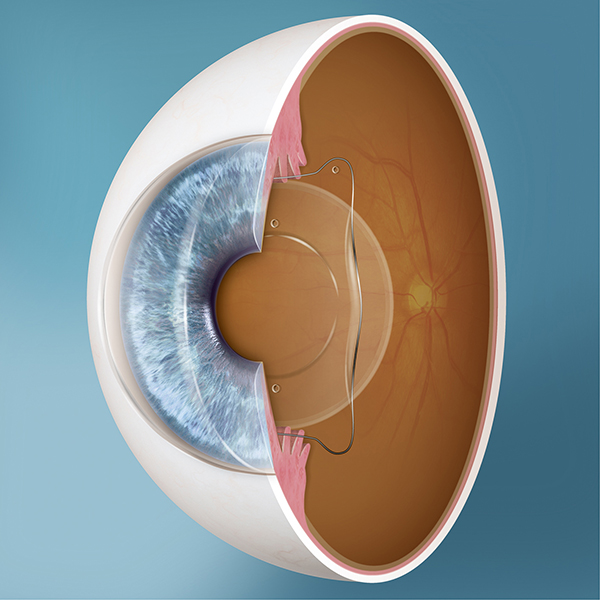
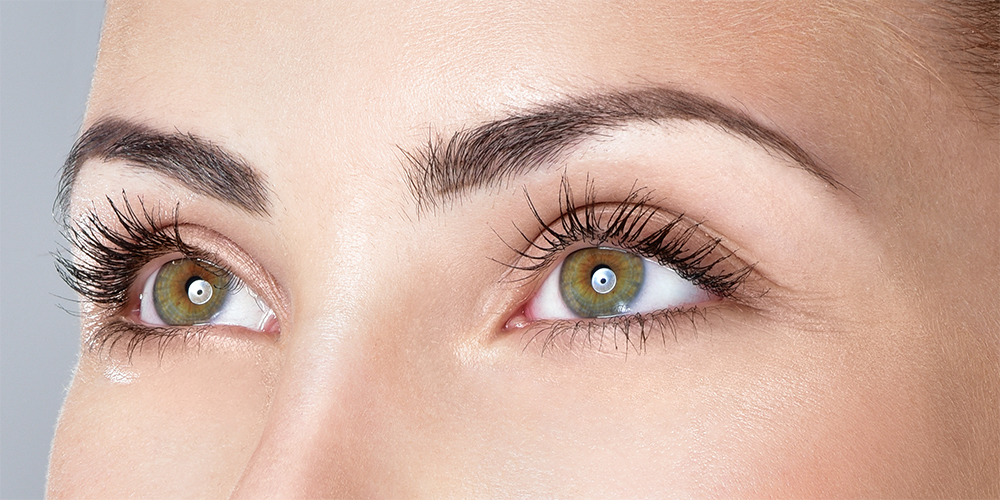
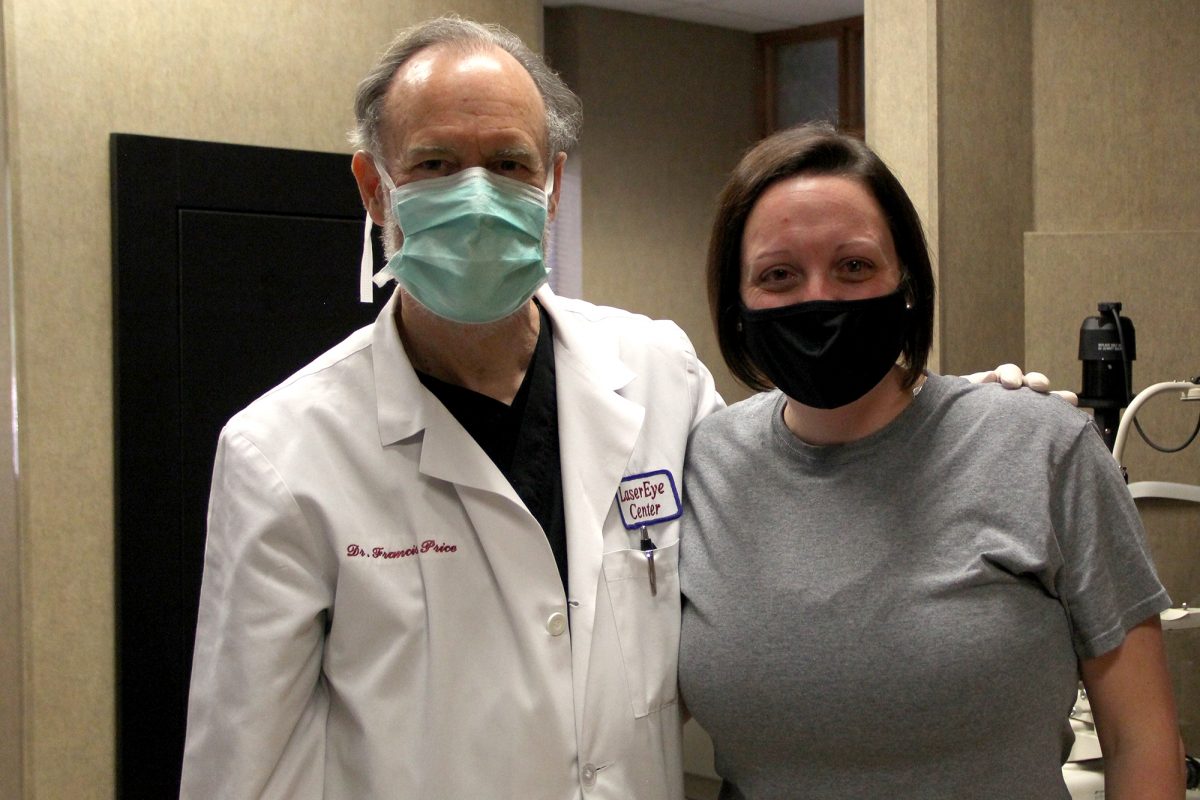
 Price Vision Group Celebrates 25 Years of LASIK, the first in the state of Indiana.
Price Vision Group Celebrates 25 Years of LASIK, the first in the state of Indiana.